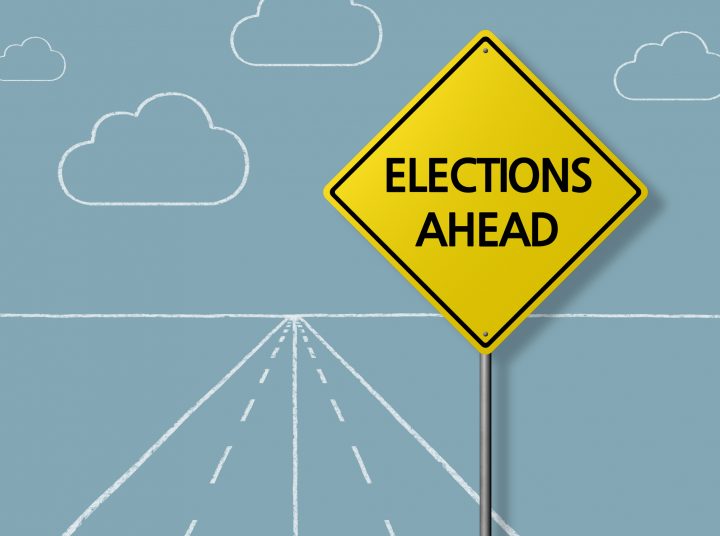We have worked hard to present to you just how simple this really is.
But, here’s the hardest part of running a coherent online campaign.
You are telling a story in many, many parts—and it is easy for you to get lost in all this and forget to help your voters hear a coherent narrative. If you are getting lost, just imagine how the voters feel.
This used to be so much easier. You created four or five TV spots, five or six pieces of direct political mail, two or three billboards, a couple of walk cards, and phone scripts and your stump speech.
But now you are going to be creating hundreds if not thousands of tweets, Facebook posts, Instagram stories, emails, online banner ads, pre-roll ads, and other digital ads and online content.
The reality is that this is pretty hard, and even professionals can trip up in trying to tell, in so many small pieces, a coherent and memorable story about a political campaign or cause.
Telling a compelling and coherent story is possible. Before every post or tweet ask yourself: “are we advancing the story?” If you are a champion of public schools, make that a part of as many posts as make sense. It won’t be every time—but it should be as much as possible.
For example, if you are posting about kids being separated at the border, and you are running for school board, try saying “Every Kid Matters. We’ll fight for public school kids at home and immigrant kids on the border.”
Don’t shoehorn it if it doesn’t fit. You can confuse voters just as easily as inform them.
Remember your story—and work hard to tell it every day through every channel.
PROTIP: Everything is easier if you make a plan. If you have thought out a week in advance roughly what you want to post or do online, it gives you a moment to ask yourself: “Does this tell our story?”
For more on how to build a digital strategy for your campaign, download the recently released e-book, 12 Must-Know Facts About Digital Media, by SpeakEasy Political founders Eric Jaye and Danielle Winterhalter.




